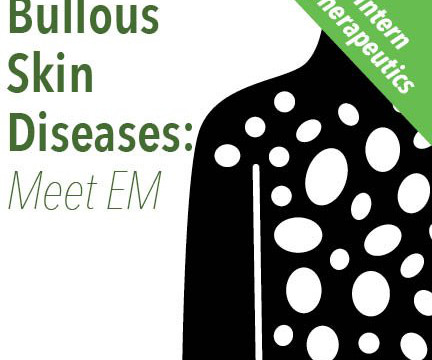Adjunctive Methylene Blue in Septic Shock?
RebelEM
MAY 29, 2023
Background: Sepsis can induce numerous physiologic derangements. The Influence of Methylene Blue infusion on Cytokine Levels During Severe Sepsis. Crit Care 2004. At the most severe end, this includes endothelial dysfunction leading to increased vascular permeability, abnormal nitric oxide metabolism, and vasodilation (i.e.












Let's personalize your content